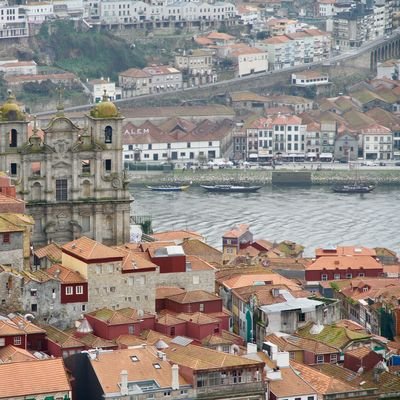Barcelona is a world of age-old alleys strewn with random graffiti and quirky tapas bars, while art is showcased on practically every street corner and dripping from walls. It's an overload on the senses feasting on tapas and gawking at art, which is a feast for the eyes.
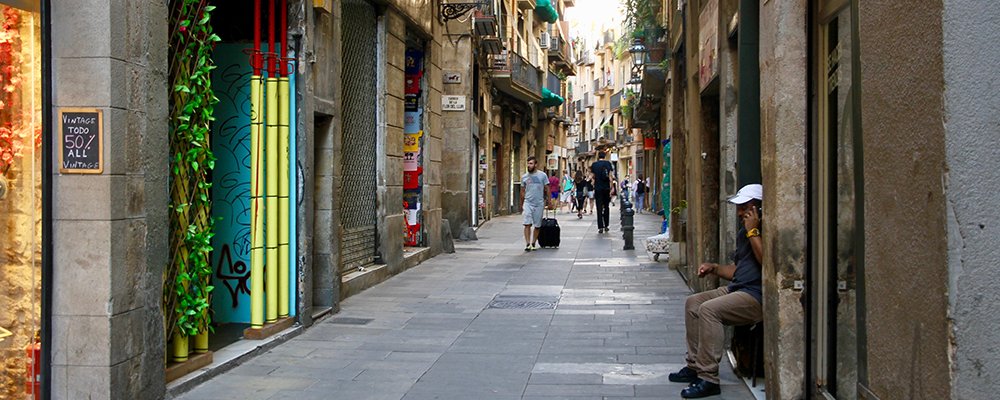
Barcelona was the playground for Anton Gaudi’s architecture, which paints a vivid picture of either a genius or a madman with his mind-bending creations of incredible structures that belong in fairytales. The surrealist works of Joan Miró slap you in the face in a fanciful, childlike fashion. The famous letters 'Barcino’ on display by the Old Roman Wall of the Gothic Quarter are a visual expression by Joan Brossa, the iconic poet who loved to play with shapes rather than putting pen to paper. Jose Sabata, known as 'El Pez,' has his works splattered all over Barcelona in bright eye-grabbing graffiti.
While the origin of tapas includes quirky tales such as the 13th Century of King Alfonso X of Castile decreeing that all drink should be served with something to eat after he was sick and could only eat small portions, to the other story of its beginnings, again featuring the King, when a bartender covered his drink with a slice of ham to keep the dust out of his drink as it was a windy day. 'Tapa' is derived from 'tapar' in Spanish, which means 'to cover'. More stories tell of lower-class workers spending all their money on drink rather than food, becoming super loud and rowdy. The King stepped in again and decreed that every cup of wine had to be served with food. The more believable explanation is that tapas came into being to hide the nasty smell of cheap wine and to keep annoying flies out of a drink. Whatever the origin of tapas, tucking into small plates of delicious food while drinking and the vivid art in Barcelona's streets go hand in hand.
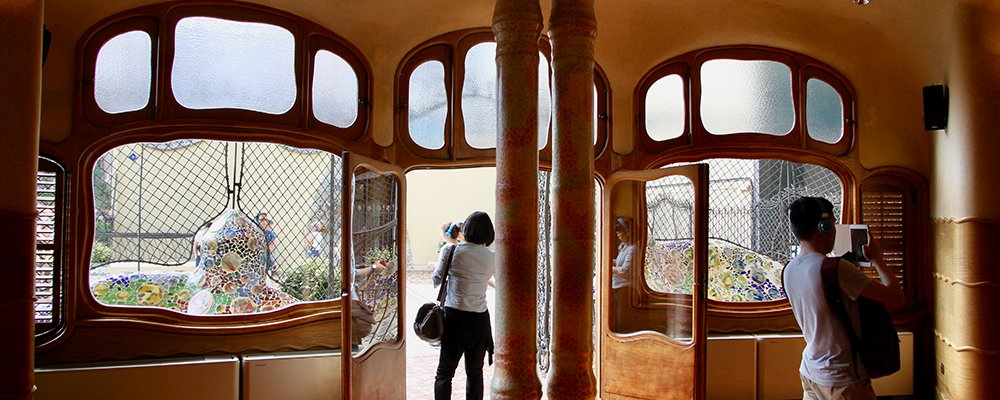
Art museums in Barcelona do not display a hoi polio of artists through the ages from around the world but tend to focus on individual creators or art of a particular era, such as the Museu Picasso, and the famous Fundacio Joan Miró museum perched on Montjuïc Hill with over 10,000 works primarily by him. There's the Centre for Contemporary Culture to take a peek into, and the MACBA is overflowing with scientific exhibitions, photography, design, plus more. You will find the MNAC Palau Nacional at the Montjuïc Fountains, which houses a stunning array of Catalan art.
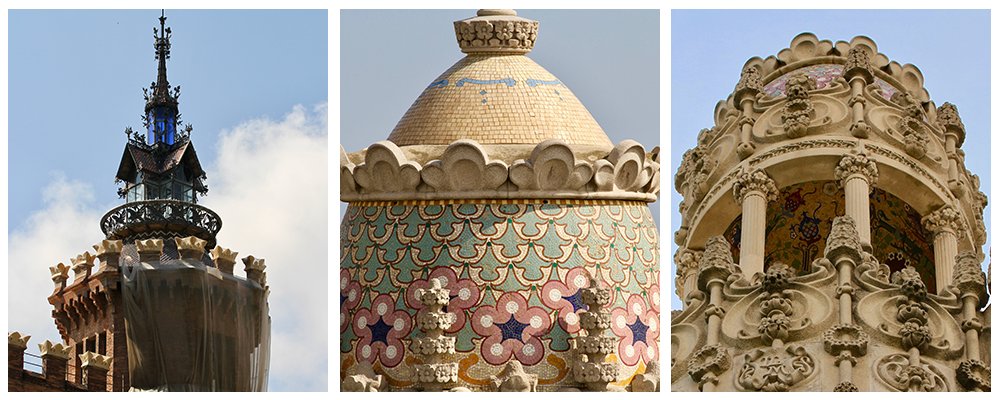
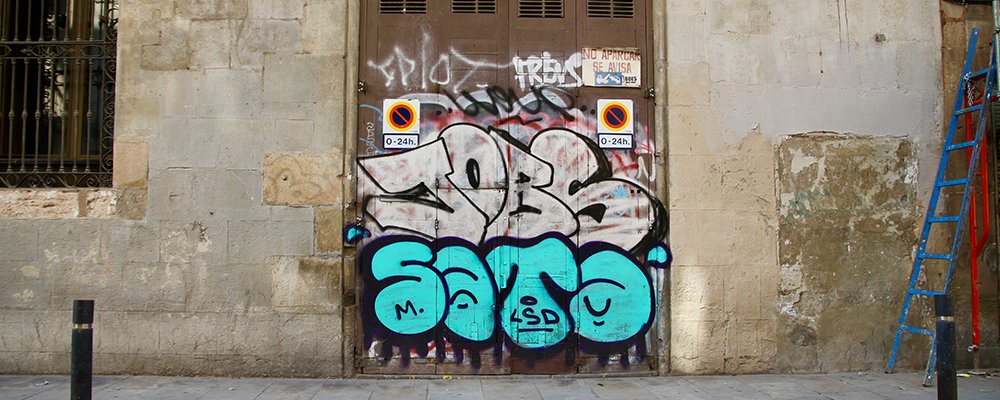
If you find yourself in the Gothic Quarter after visiting one of the many art museums duck into Petit Tapas for lashings of finger delights and incredible wines from the Catalania’s Penedes and Priorat regions. It offers tapas with a twist: Thai-style monkfish souffle with coconut curry sauce or sample the delicious patatas bravas. Another tapas bar to step into for more traditional tapas servings is Sensi Tapas, also in the Gothic Quarter—wrap your lips around oxtail croquetas, Mallorquin-style paella, or baked octopus. Le Boqueria Market, La Rmabla, is awash in small tapas bars, as this is where the town's chefs come for their fresh ingredients daily. Of the most famous bars in the market is El Quim de la Boqueria, where you will have to open up your wallet more, but it’s worth the pain to indulge in their iconic dish of 'xipirons amb mongetes de Santa Pau' (baby squid and beans). Dining with the locals is guaranteed at Bar Lobo, hidden in the fascinating rustic streets behind La Rambla, where sitting outside may give you the chance to listen to street music. Try the eggplant and honey; it's simply divine. Barcelona will have your taste buds dancing the salsa as you scoff mouthfuls of freshly sliced jamón, salt cod cooked in various ways, or squid ink rice topped with a hefty dollop of garlic mayonnaise. And, if you like sucking on slimy critters, try the barbecued snails with a spicy sauce, 'cargols a la llauna'.
Barcelona is where fashionistas strut the golden man-made beaches—the sand came from Egypt to smother the rocky foreshore for the 1992 Olympics. Weird and wonderful graffiti is sprayed over rolling door shutters in every enclave. Cutting-edge art galleries are wall-to-wall in the bohemian Garcia district. Other artsy hubs include the Gothic, Raval, Poblenou, and El Born sectors. Seven of Gaudi's monuments in Barcelona are UNESCO World Heritage-listed: Parque Güell, Palacio Güell, Casa Mila, Casa Vicens, La Sagrada Familia, Casa Batlló, and the Crypt in Colonia Güell.
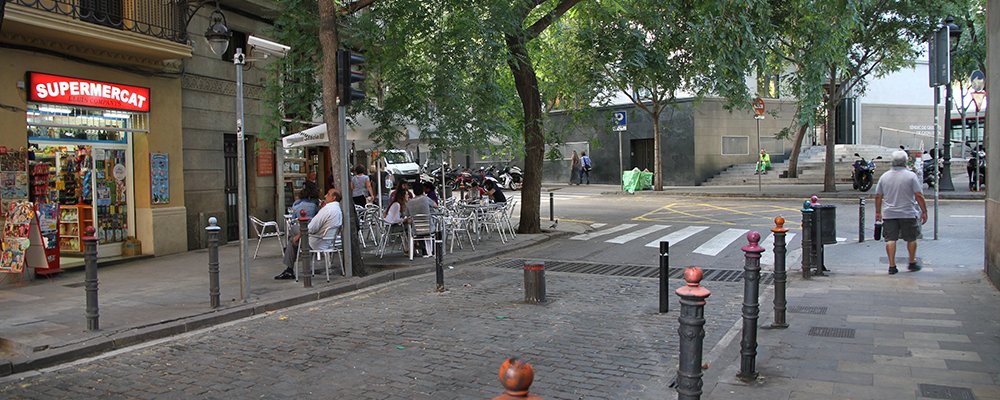
Salty sea breezes flow in from the Mediterranean Sea over the city's streets, which are a jumble of riotous colors, smells, and tastes. Pickpockets thrive in the main hug of Las Ramblas, overcrowded with sweet-smelling flower stalls, and the air is stained with a chocolate aroma when walking past Barcelona's most historic chocolate shops in Carrer Petritxol. Trams rumble around the streets that overflow with cafes, boutiques, and street performers. Cyclists, runners, and walkers pedal and puff at all times of the day along stunning tree-lined boulevards or through breathtakingly beautiful botanic gardens.
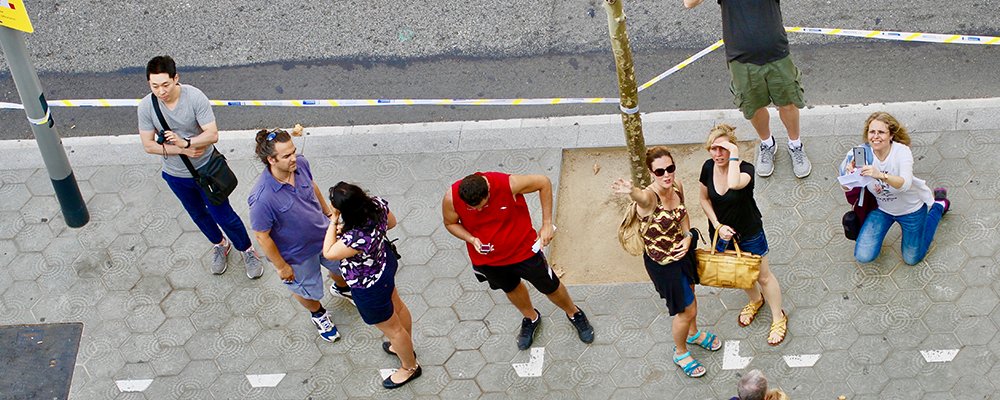
Barcelona is the destination for art lovers and those who wish to spend long, lazy afternoons reclining on sun-drenched terraces with a glass of local cava, a sparkling wine that can be consumed at any time of the day. The beer of choice is Moritz, and for the spirit lover, there's vermouth splashed over ice to be sipped while scoffing mouthwatering tapas.
Gail Palethorpe, a self proclaimed Australian gypsy, is a freelance writer, photographer and eternal traveller. Check out her website Gail Palethorpe Photography and her Shutterstock profile.





